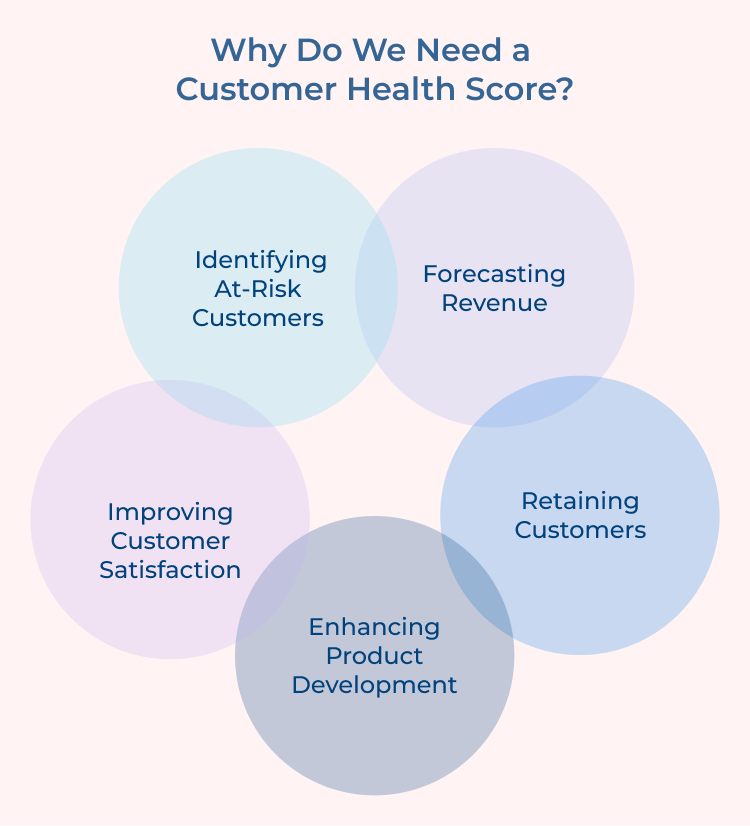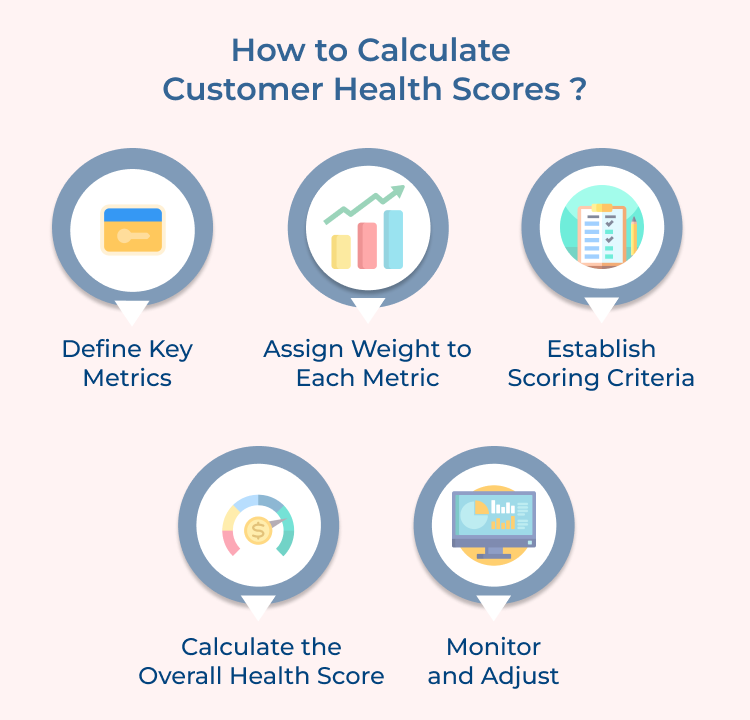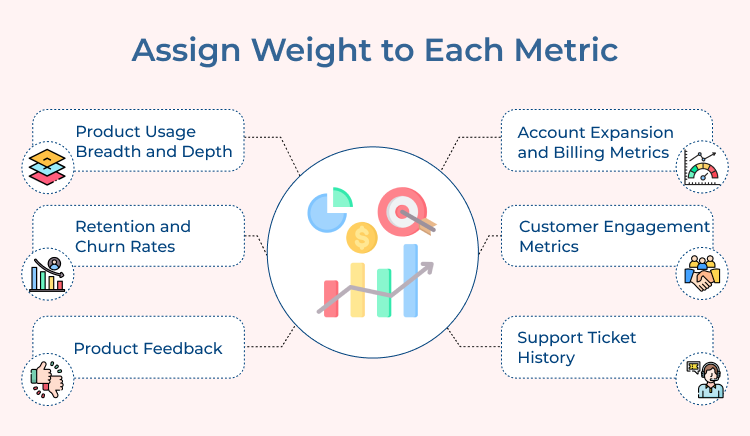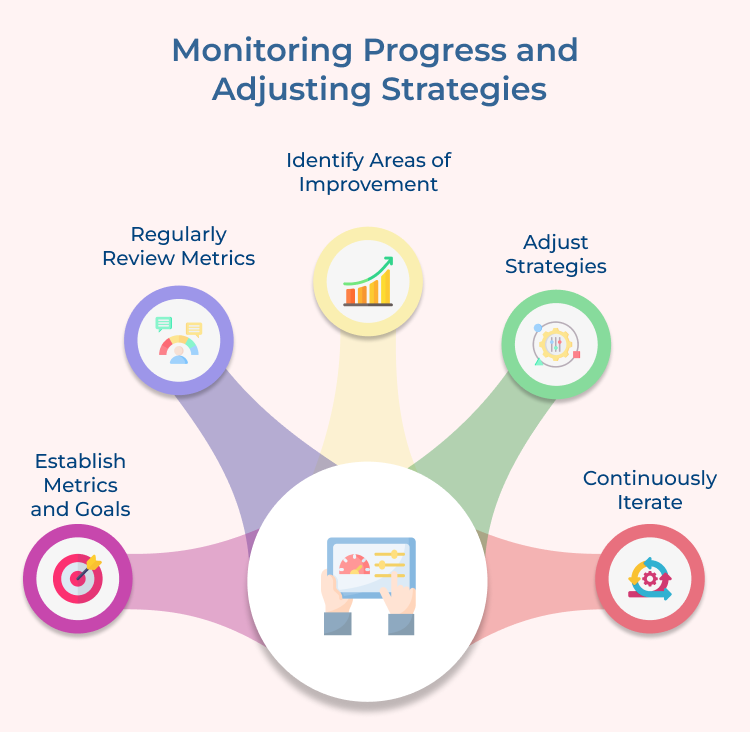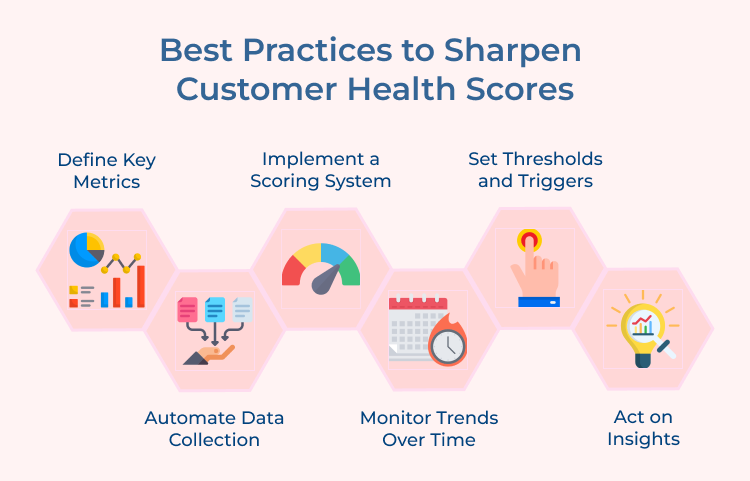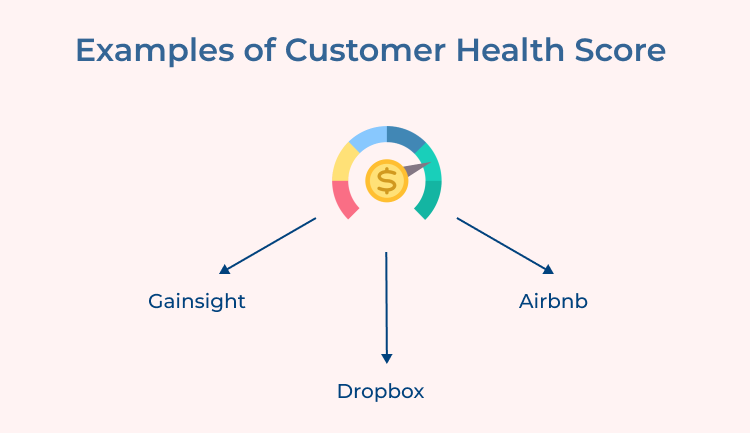1. Designate Key Metrics
Before you can start measuring customer health, you need to define the key metrics that will contribute to your overall health score. It could include factors such as product usage, customer satisfaction survey results, support ticket resolution time, etc. Ensure that these metrics align with your business objectives.
2. Automate Data Collection
To effectively measure customer health, you need to have access to real-time data. Utilize tools that automates data collection from various sources such as CRM systems, marketing automation platforms and customer support tickets. It will ensure that your data is accurate.
3. Implement a Scoring System
Once you have defined your key metrics and collected the necessary data, it’s time to implement a scoring system. Assign weightings to each metric based on their importance to your business and calculate a customer health score accordingly. The results will get you a holistic view of each customer’s health.
4. Monitor Trends Over Time
Customer health scores are not static – they can change over time based on customer interactions and behavior. Regularly monitor trends in your customer health scores to identify any fluctuations that may indicate a change in customer sentiment. Then, take proactive measures to prevent churn.
5. Set Specific Thresholds
Define thresholds for your customer health scores that indicate when a customer is at risk of churning. Implement triggers that will automatically alert your team when a customer’s health score falls below the threshold, so that they can quickly intervene and address any issues before it’s too late.
6. Act on Insights
Customer health scores are only valuable if you take action based on the insights they provide. Use your customer health scores to prioritize customer success efforts, identify upsell opportunities and improve overall customer satisfaction. Regularly review your customer health scores to continuously optimize your approach.
Examples of Customer Health Score
Customer health score is a metric used by companies to gauge the overall satisfaction and loyalty of their customers. Let’s have a look into the companies that have implemented it.

